304 20592PL Flange DN20*PN6 Material and Installation Guide
2025-10-05 22:08:39
The Role of Plate Welding Flange in Pipelines
Pipeline connections demand reliability, simplicity, and cost efficiency. The Plate Welding Flange is one of the most common solutions because it offers secure connections without adding unnecessary complexity. Among the wide range of options, the 304 20592PL Flange DN20*PN6 is valued for its compliance with international standards, reliable stainless-steel composition, and suitability for low-pressure operations.
For large projects, sourcing from a trusted China manufacturer or through China supply ensures consistent product quality and proof of bulk production capability—an important factor in industrial applications.


Decoding the 304 20592PL Flange DN20*PN6
Each segment of the designation tells engineers something specific about this flange:
·304 Stainless Steel
The material offers excellent corrosion resistance, mechanical strength, and weldability, making it a standard choice for low-pressure flanges.
·20592PL Standard
This refers to the Chinese flange specification (HG/T 20592 and GB/T 9119), which defines dimensions, tolerances, and design features for plate-type welding flanges.
·DN20 Nominal Diameter
DN20 corresponds to a pipe bore of 20 mm, making this flange ideal for small-bore pipeline systems.
·PN6 Pressure Class
PN6 stands for a pressure rating of 0.6 MPa (6 bar), suitable for low-pressure service conditions such as water distribution, HVAC systems, and other light-duty applications.
Why Choose 304 Stainless Steel for Plate Welding Flanges?
The use of 304 stainless steel brings multiple advantages:
·Corrosion Resistance – Suitable for environments exposed to moisture, mild chemicals, or air, ensuring long service life.
·Structural Strength – Strong enough to handle mechanical stresses typical of PN6 pipelines.
·Good Weldability – Compatible with most welding processes, ensuring tight and durable joints.
·Hygienic Properties – The smooth surface makes it ideal for industries that demand sanitary conditions such as food and beverage processing.
These features explain why 304 stainless steel remains the most popular option for the Plate Welding Flange across multiple industries.
Installation Guide for 304 20592PL Flange DN20*PN6
Proper installation is essential to maximize performance and minimize the risk of leaks. Below are key steps:
1.Preparation
Clean both the pipe end and flange surface to remove dirt, oil, or oxidation.
2.Positioning
Align the flange carefully with the pipe. The bolt holes should be symmetrically positioned to ensure balanced tightening later.
3.Welding
·TIG or MIG welding is commonly used for stainless steel.
·Maintain moderate heat input to prevent warping.
·Allow gradual cooling after welding to avoid internal stress.
4.Gasket Application
Select a gasket compatible with PN6 service. Rubber, PTFE, or fiber gaskets are often used for water and HVAC applications.
5.Bolt Tightening
Tighten bolts progressively in a criss-cross pattern to distribute pressure evenly across the joint.
6.Inspection
After assembly, check the weld quality, bolt tension, and gasket positioning. Pressure testing may be performed before operation.
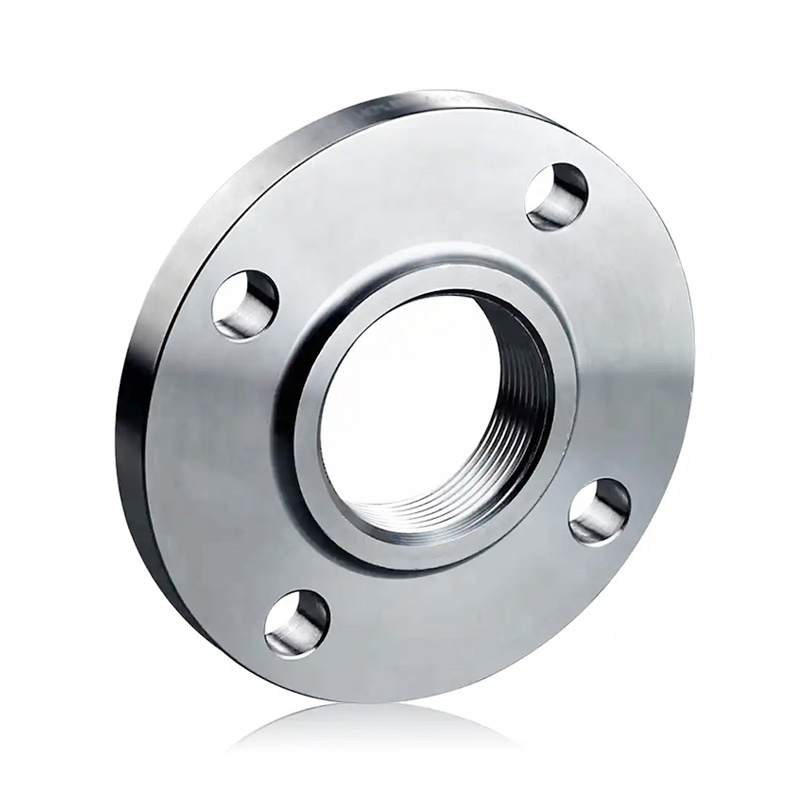

Typical Applications of the 304 20592PL Flange DN20*PN6
Due to its design and pressure class, this flange is well suited for:
·Municipal Water Systems – Securing connections in pipelines carrying clean water.
·HVAC Networks – Commonly installed in chilled water loops and heating systems.
·Light Chemical Transport – Suitable for non-aggressive liquids and gases.
·Food and Beverage Pipelines – Ensures sanitary and corrosion-resistant performance.
Because of its standardized design, it is widely used where bulk availability and consistent quality are important.
Procurement Considerations
When selecting the 304 20592PL Flange DN20*PN6, buyers should keep the following in mind:
·Standard Compliance – Verify that the flange follows GB/T 9119 and HG/T 20592 requirements.
·Material Certification – Confirm that the material is genuine 304 stainless steel.
·Surface Finish – Polished finishes are recommended for hygiene-sensitive installations.
·Supplier Reliability – Ensure your source has proven capability in bulk production and reliable supply chains.
Choosing partners with proven bulk production strength enhances reliability, especially when working with large orders for infrastructure or industrial systems.
Conclusion: Plate Welding Flange as a Practical Choice
The 304 20592PL Flange DN20*PN6 represents a balance of durability, affordability, and compliance with recognized standards. Its PN6 pressure rating makes it suitable for water systems, HVAC applications, light chemical transport, and food-grade pipelines.
By sourcing directly from a China manufacturer or through an established China supply channel, buyers secure proof of bulk capacity, cost efficiency, and consistency in delivery. In modern engineering, the Plate Welding Flange continues to stand out as a dependable and economical choice for low-pressure pipeline systems.
References
GB/T 7714:Yu Y, Wang X, Wei S, et al. Corrosion Behavior and Mechanism of 304 Stainless Steel Welded Joints in Simulated Freshwater Environment[J]. Materials, 2025, 18(13): 3074.
MLA:Yu, Yue, et al. "Corrosion Behavior and Mechanism of 304 Stainless Steel Welded Joints in Simulated Freshwater Environment." Materials 18.13 (2025): 3074.
APA:Yu, Y., Wang, X., Wei, S., Chen, Z., Wang, Z., Li, M., & Liu, Z. (2025). Corrosion Behavior and Mechanism of 304 Stainless Steel Welded Joints in Simulated Freshwater Environment. Materials, 18(13), 3074.
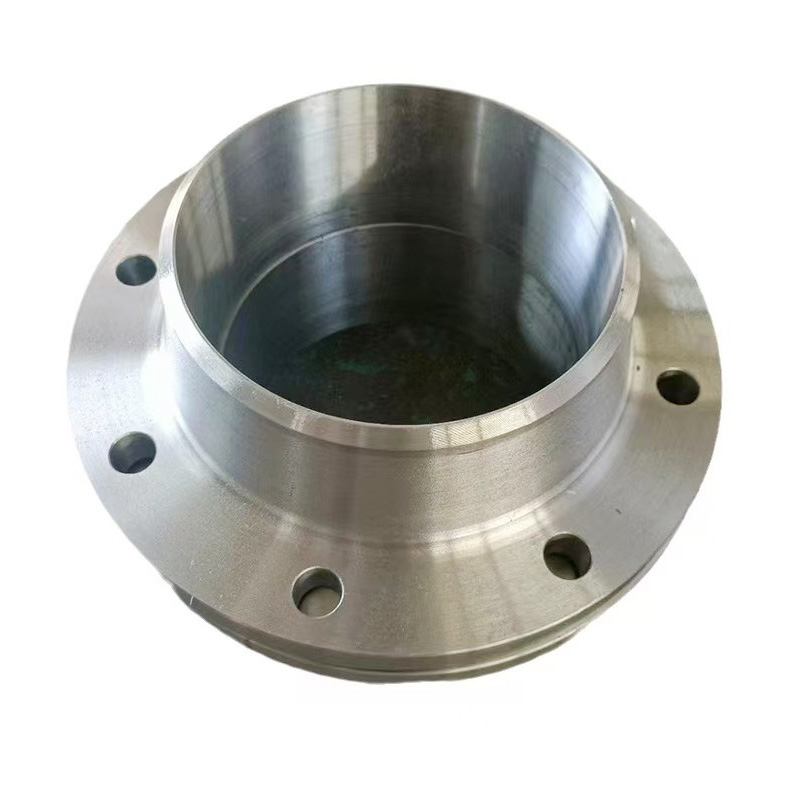
AWeld Neck Flange (WN Flange)is a type of piping flange designed to be welded to a pipe or ...
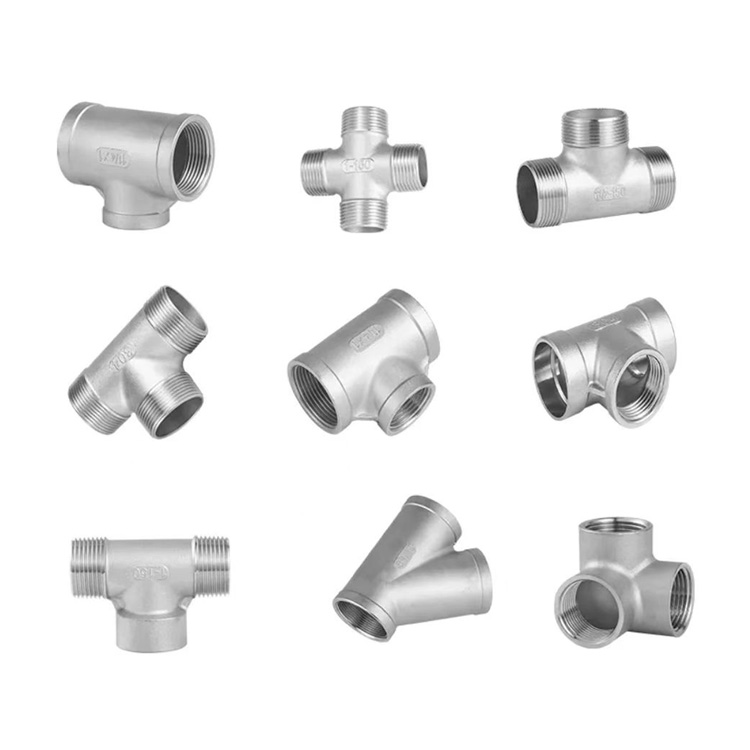
Socket fittings are essential components in piping systems, designed to connect, branch, or...
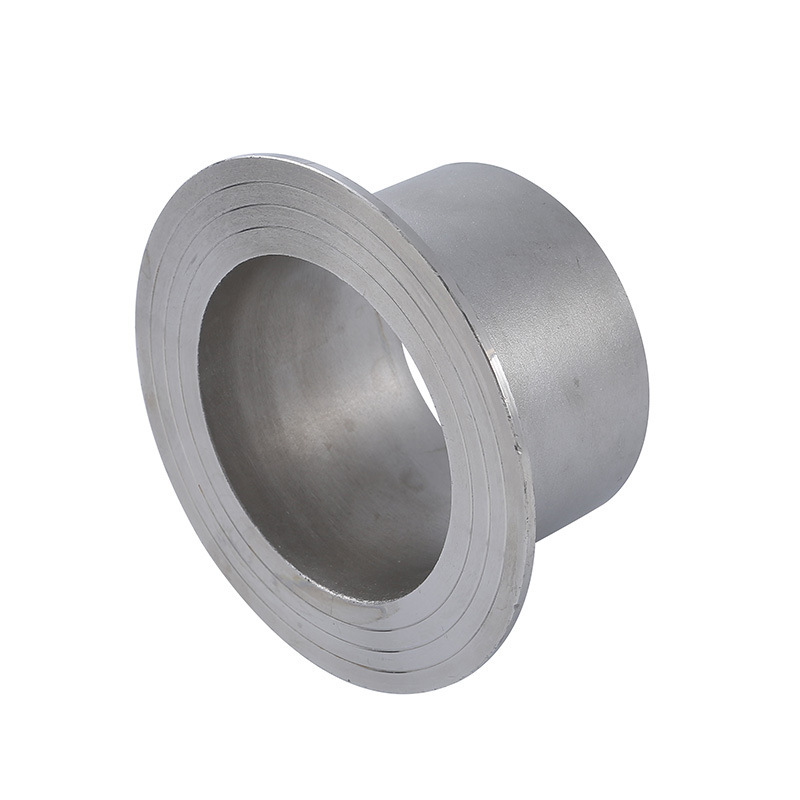
Welding ring is a commonly used metal ring component in pipeline connection or equipment do...
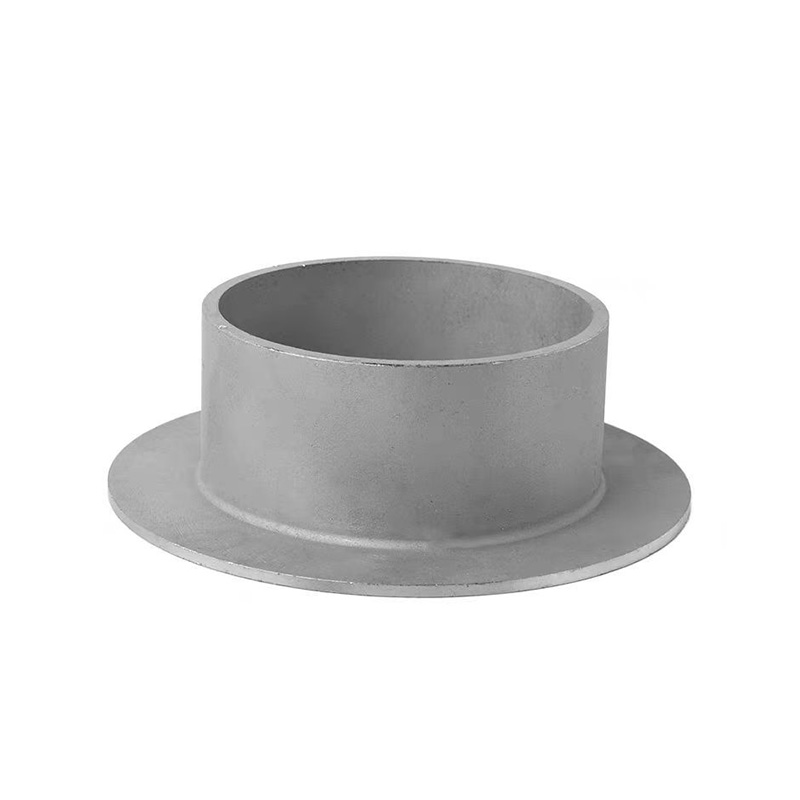
Welding ring is a pipe fitting used for pipeline connection. The following is its detailed ...






